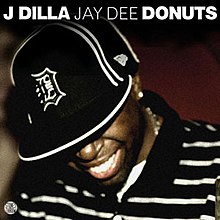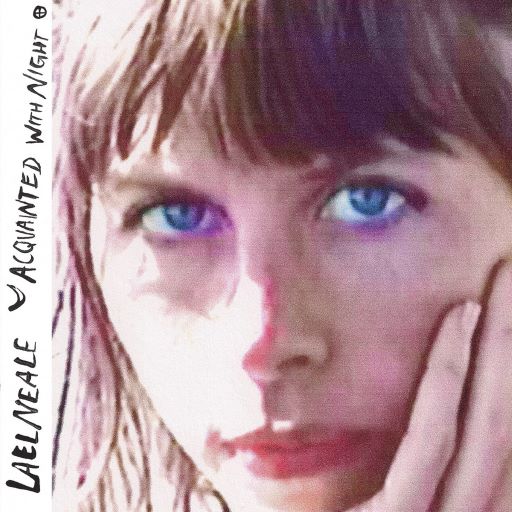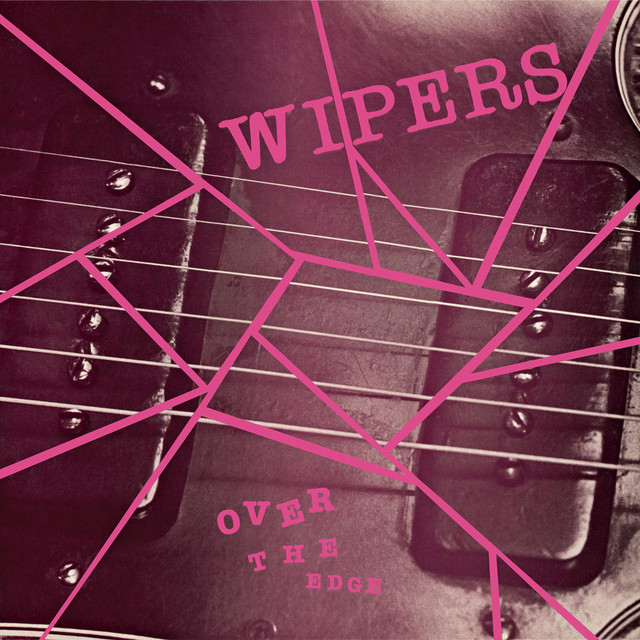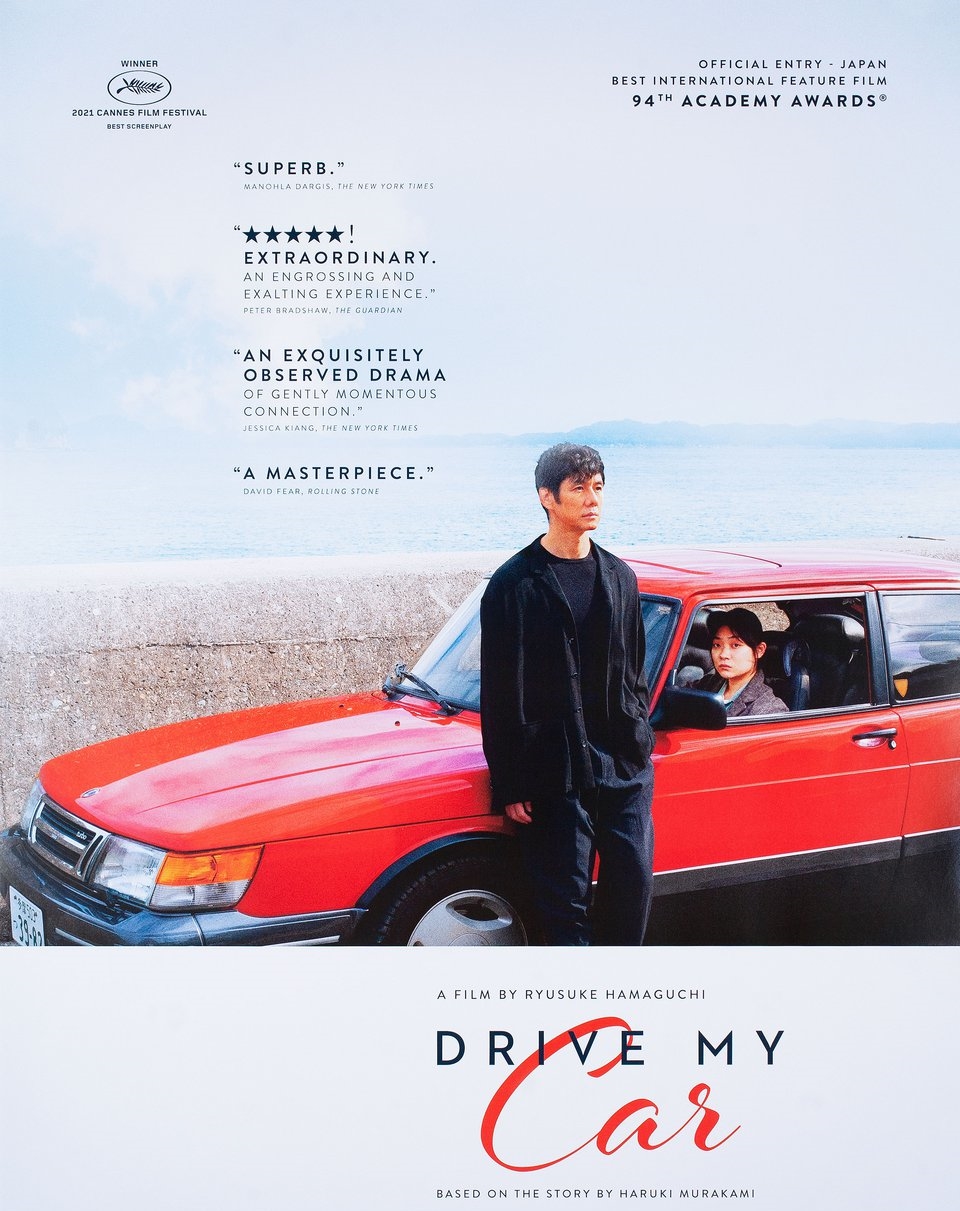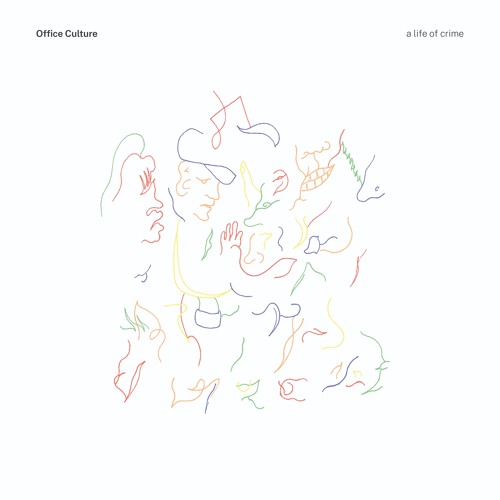Michelle Zauner is an extremely talented songwriter, and her talents especially shine on Japanese Breakfast’s 2021 album, “Jubilee.” The third LP released by Japanese Breakfast, “Jubilee” is a sickeningly sweet and at times devastating record that Zauner herself says is meant to be joyful.
This is my favorite work of Japanese Breakfast’s as I’m a sucker for an indie-pop record and this is a masterfully-made one. With ten songs that clock in at just over 37 minutes, this Grammy-nominated album is one I’m sure will continue to soundtrack my early 20s.
Although Zauner says the album is meant to be a joyful one, a lot of the lyrics seem like they’re more adjacent to yearning than joy. “Be Sweet,” the album’s most popular song, has lyrics that beg for kindness and attention: “Be sweet to me, baby / I wanna believe in you” and “Make it up once more with feeling / Recognize your mistakes and I’ll let you back in.” “Kokomo, IN” begs the desperate question “These days I can’t shake the awful feeling / I’m missing something I can’t place, is that you?” in verse two. The feeling of longing is littered throughout the album, making even your first listen to it a painfully nostalgic experience.
The production, done by Michelle Zauner and Craig Hendrix (Japanese Breakfast’s drummer), is dreamlike and nostalgic, at times large and sweeping and at times intricate in a smaller and more subtle way.
Upon the album’s release some critics said that the album fell short in the back half, and while I agree that tracks like “Sit” and “In Hell” aren’t the strongest, the album is tied together fantastically with one of my favorite songs of all time, “Posing For Cars.” It is the album’s final track and is nearly seven minutes long (the back half of which is 3 minutes of the most beautiful guitar solo you can imagine) and is just absolutely devastating in a way that could bring anyone to their knees.
So while I don’t agree with Zauner that “Jubilee” elicits much joy, it does feel summer-y: wide open, nostalgic, filled with the highest highs and lowest lows.
Rating: 9.5/10


